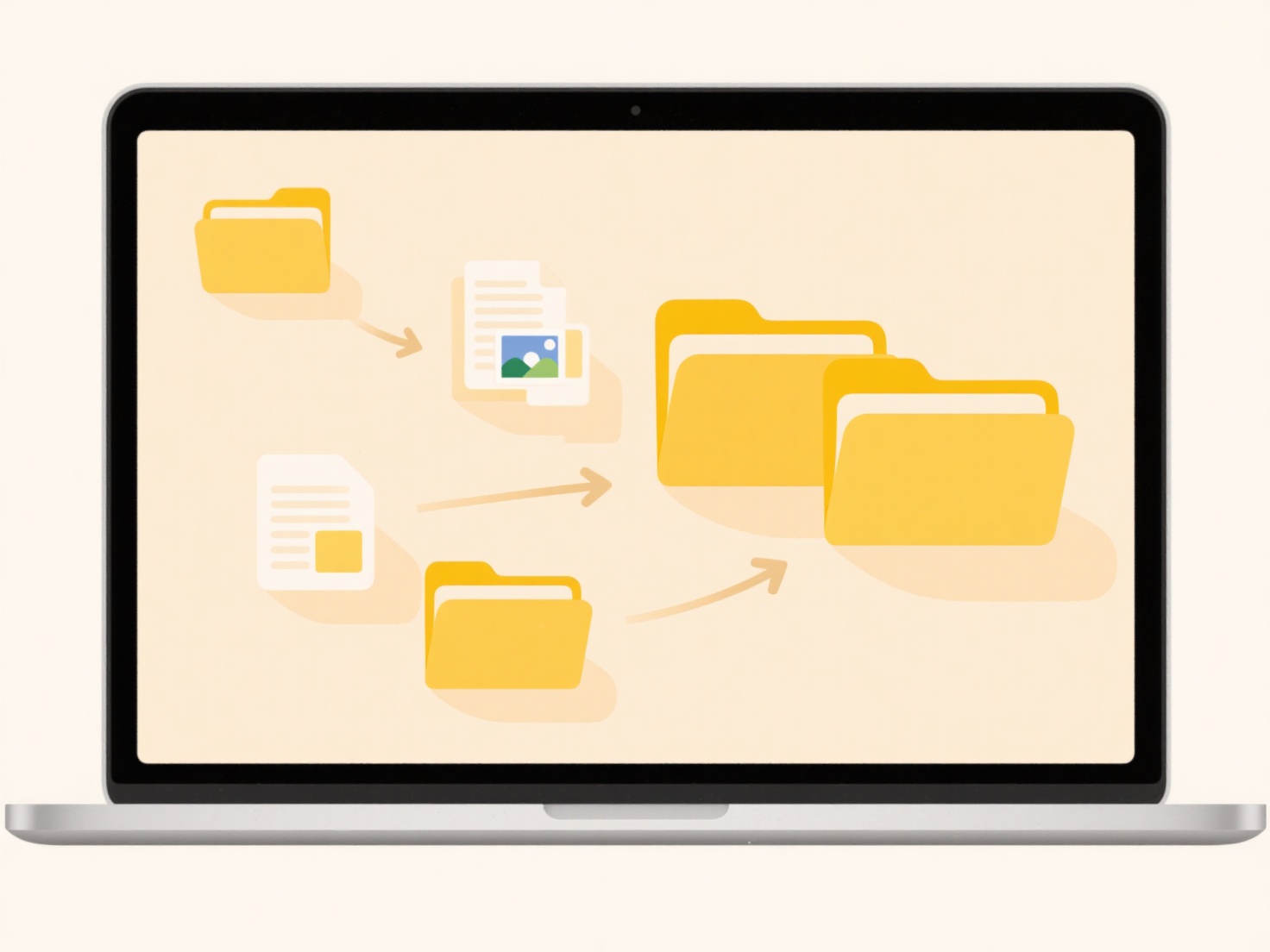
A lightweight file format refers to a file type designed for small size and efficient transmission over email. Unlike heavy files (like uncompressed video), these formats prioritize minimal storage requirements and universal compatibility by avoiding complex formatting or proprietary features. They achieve this through compression techniques or inherent simplicity, enabling faster sending/receiving.
Common examples include TXT for basic text, JPEG for compressed photos, and PDF for document sharing. Professionals across industries use these daily: recruiters email PDF resumes, marketers send JPEG product images, and teams exchange CSV data files for analysis. Standard email clients (like Outlook or Gmail) handle these formats without specialized software.

Key advantages are universal accessibility and reduced bandwidth usage. However, they trade functionality for size—JPEG loses quality on repeated edits, and TXT lacks rich text formatting. Secure file types (like PDF with DRM) balance security and lightness. Their ubiquity drives continued adoption despite alternatives like cloud links, especially where attachment simplicity is valued over collaboration features.
What is a lightweight file format for email?
A lightweight file format refers to a file type designed for small size and efficient transmission over email. Unlike heavy files (like uncompressed video), these formats prioritize minimal storage requirements and universal compatibility by avoiding complex formatting or proprietary features. They achieve this through compression techniques or inherent simplicity, enabling faster sending/receiving.
Common examples include TXT for basic text, JPEG for compressed photos, and PDF for document sharing. Professionals across industries use these daily: recruiters email PDF resumes, marketers send JPEG product images, and teams exchange CSV data files for analysis. Standard email clients (like Outlook or Gmail) handle these formats without specialized software.

Key advantages are universal accessibility and reduced bandwidth usage. However, they trade functionality for size—JPEG loses quality on repeated edits, and TXT lacks rich text formatting. Secure file types (like PDF with DRM) balance security and lightness. Their ubiquity drives continued adoption despite alternatives like cloud links, especially where attachment simplicity is valued over collaboration features.
Quick Article Links
How do I name backup files to support rollback or restore?
Naming backup files to support rollback or restore involves using a consistent convention that includes key information ...
How do I maintain folder consistency across platforms?
Folder consistency refers to maintaining the same naming conventions, directory structures, and file organization across...
How do I use scripts to set file permissions?
File permissions define who can read, modify, or execute a file on a system. Scripts automate setting these permissions,...